All Questions that you Need to Answer Before Placing a God Statue at Home
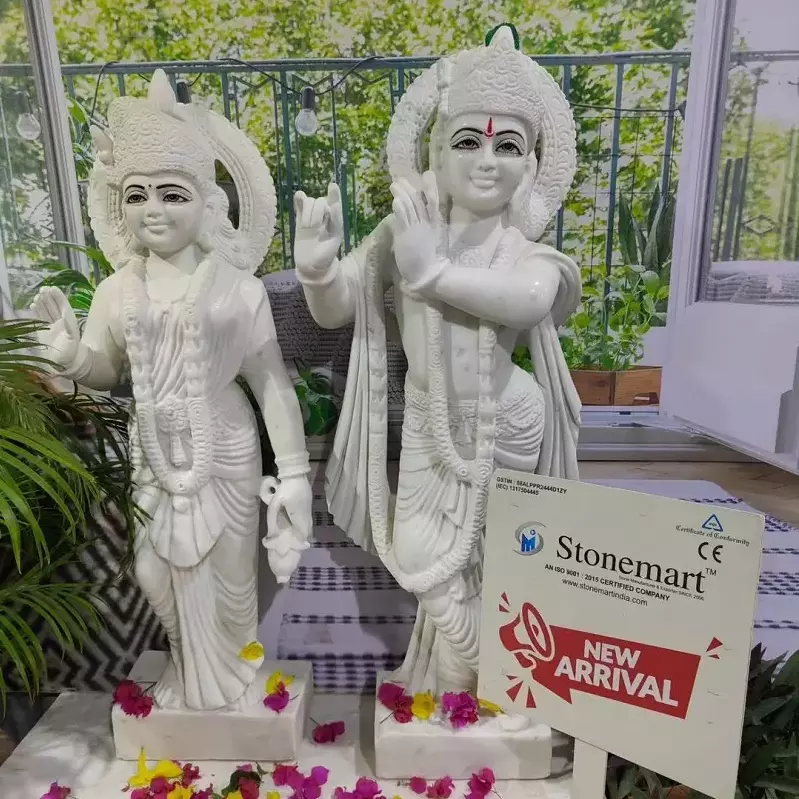
The statue of each god has certain kind of energy associated with it. As a matter of fact even the statues of the same god featured in two different mudras will not have identical impact. For instance, though a dancing Ganesha sculpture and a sitting Ganesha sculpture in lalitasana would belong to the same deity, their overall influence upon the bearer and vicinity would be utterly different.
Indeed, different idols have different rules and that is what we try to understand here. It is important for us to abide by certain rules of Vastu while doing the prana pratishta of the natural stone statues of Hindu Gods. Whether you are placing them inside a puja room or going for a solo installation upon natural stone pedestal, the northeast direction is normally deemed as the most auspicious.
- For the statues of Brahma, Vishnu and Mahesh, the direction should be east facing the west. The same goes to the idol of lord Surya.
- If you have the idol of lord Kuber, idol of lord Ganesha or the idol of goddess Durga, then it is advisable to keep them facing north, which is the direction of lord Shiva. Goddess Durga and lord Ganpati belong to the Shiva Parivar and lord Kuber is an ardent worshipper of God Shiva.
- The statue of Hanuman ji should be placed facing the south direction. It is better to eschew southeast direction as it might generate Vastu dosha due to its ability to combine with fire.
- Only keep a small Shivling at home, and it is preferable to be placed in the Northern area of your compound.
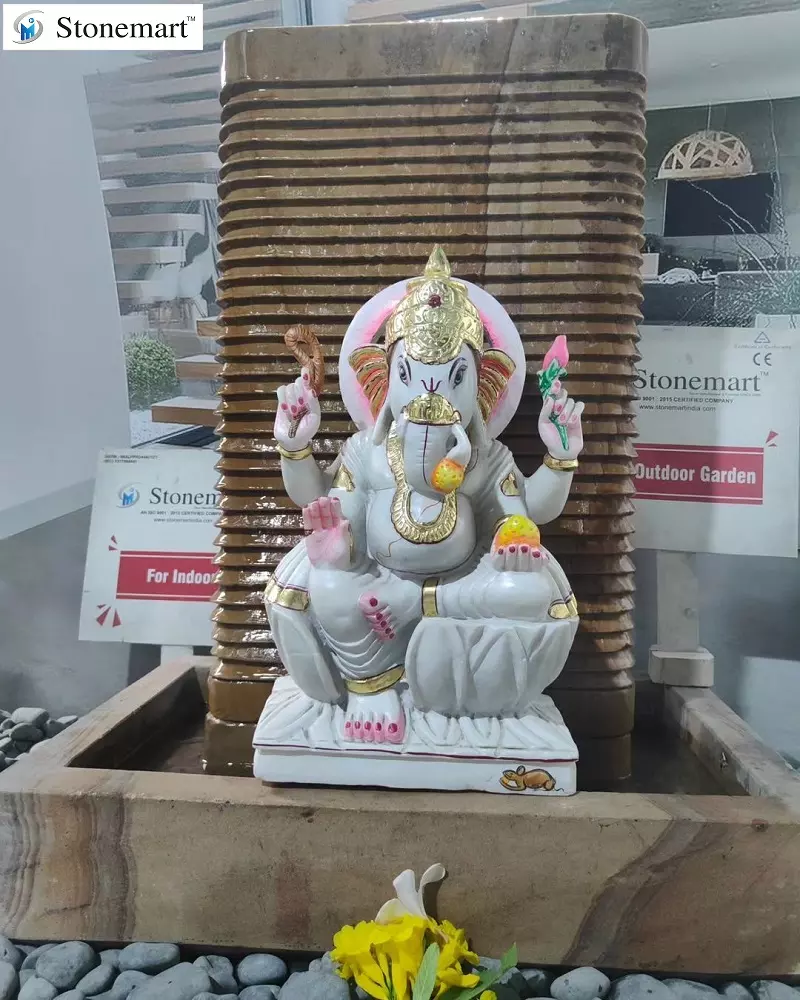
MUST READ : Do's and Don'ts While Placing Hindu God Statues at Home and Office
Which are the God statues that We Should Avoid Placing at Home?
There are certain God statues that are deemed inappropriate for the placement at home as per Vaastu-
- The statue of Hindu God Shani Dev should be avoided at home. The prana pratishta of Shani Dev ji statue should always be done inside a temple.
- The Nataraj statue of lord Shiva though appear vibrant and colorful in terms of appearance but it should only be kept in classical art, dance school or scientific and research institutions. It is because Nataraja is a furious form of lord Shiva performing Tandava. It emits lot of energy which is hard to contain in small household premises. Moreover, it is suggested to never have two idols of lord Shiva within a single property.
- Though Rahu and Ketu are the part of Navagraha, placing them as sculptures in puja room is considered inauspicious.
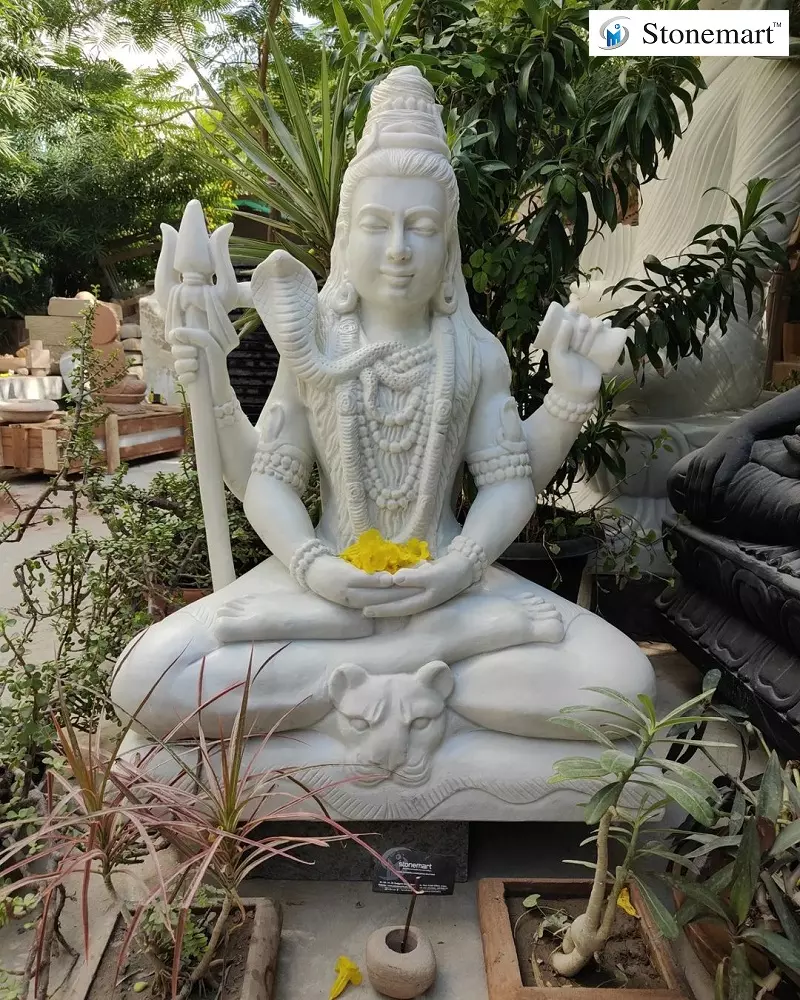
How Many God Statues can be Placed at Home?
Now, here is one important aspect that you need to deeply understand. There is a reason why Pooja room at home is different from that of temples. Temple can be integrated inside a home but a home cannot be integrated inside a temple. The primary reason is that a home is a place where you dwell and enjoy your materialistic aspirations. Temples are sacred shrines which are considered miles away from materialistic needs. Besides, there should not be more than three or four idols at home. Last but not the least, never keep two idols of the same God at home.
MUST READ: 7 Important Vastu Rules to Follow While Placing Ganesha Idol
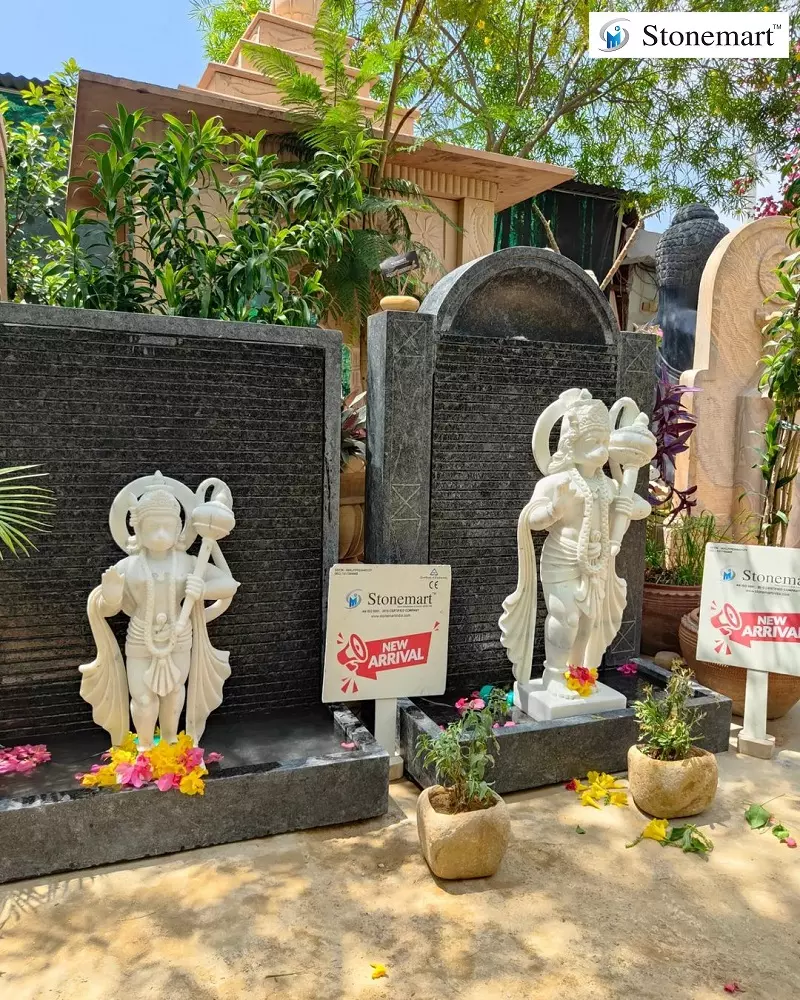
Which God Statues are Recommended for Home and Office?
If you are keeping a Hindu God idol at home, always make sure to perform the puja rituals on a daily basis. Never keep angry form of any God at your home and office. Always keep the forms of the gods which are benign, gracious and compassionate. You can keep the stone idol of lord Ganesha to bring happiness and prosperity. To attract health and wealth as well as to neutralize the bad energies, keep the sculpture in the right direction.
The color of the statue is equally important and auspicious. The white marble Ganesha sculpture and geru color Ganesha sculptures can always turn out to be auspicious.
If you wish to slightly drift away from traditional look of the Ganpati and wish to get the sculpture with a modern touch, then it is recommended to go with abstract Ganesha sculptures hand carved out of natural sandstone or granite.
You can even worship the trinity in the form of Goddess Saraswati statue, Goddess Lakshmi statue and Lord Ganesha statue by placing them in the same order in the pooja room.
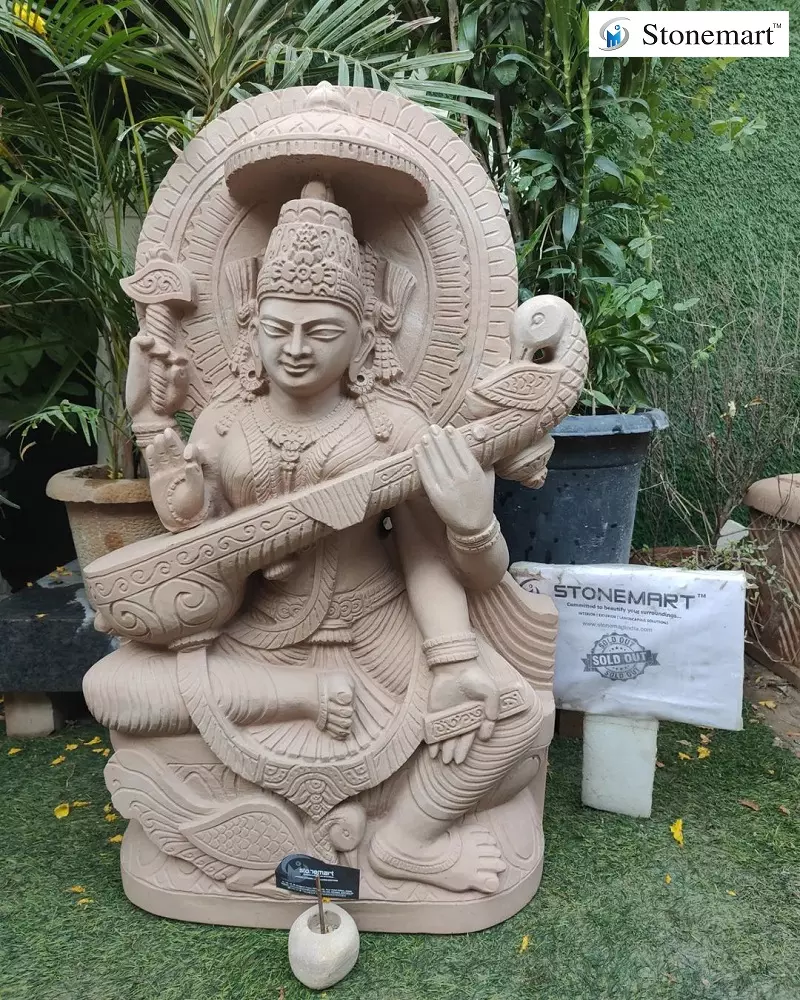
Can We Keep Chipped or Broken God Statues at Home?
Well, the answer is a Big No! Never keep broken idols of gods at home as they will result in Vaastu dosh and attract inauspicious energy. If you have chipped or broken sculptures at home then immediately place them under a Peepal tree outside your property or get them flown into the stream of a clean water body.
MUST READ: 3 Most Important Things to Know While Placing Ganesha Sculptures
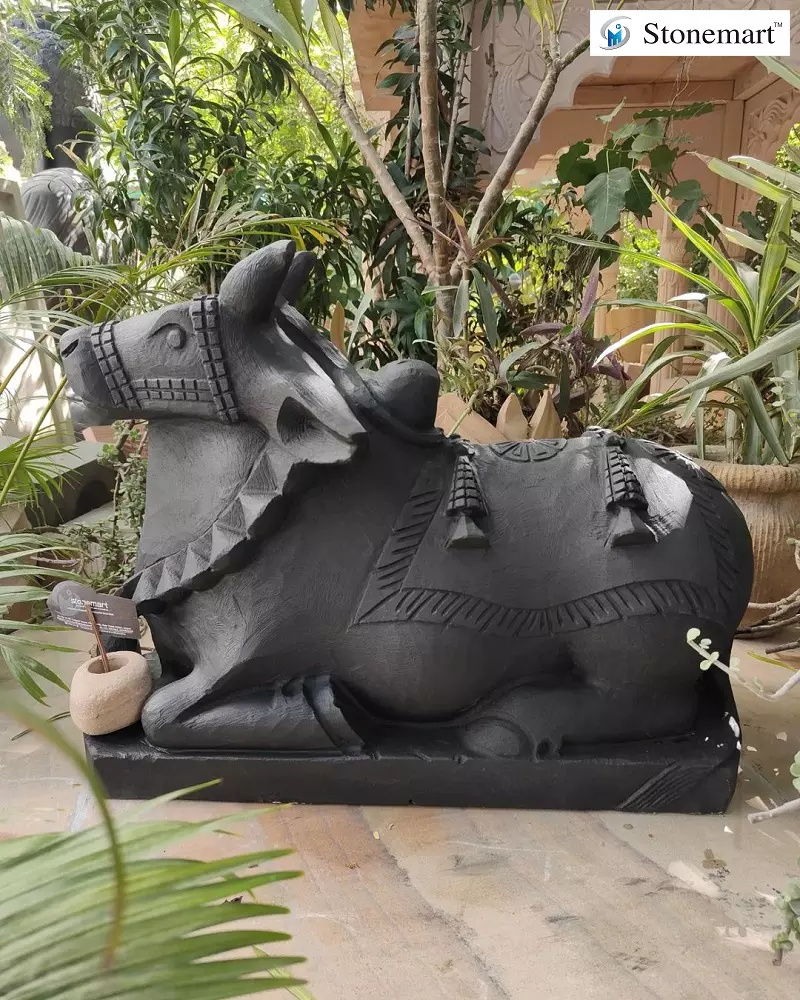
The Hindu God Sculptures of Which Material Shall be Ordered?
Well, when you are bringing home a Hindu God sculpture with divine characteristics, then the material used for manufacturing matters a lot. To uphold the sanctity of the idol, it is imperative that the material composition shall be in its natural form and do not carry impurities. Which voluntarily take away the cheap import materials like ceramic, resin, wood, crystal etc. out of the equation.
Here, your best bet would be the Hindu God statues that are hand made from natural stone. They can be natural sandstone Hindu God statues, or natural marble Hindu God statues. Just shop from a trustworthy natural stone Hindu God statue manufacturer and exporter to order 100% original, highly durable sculptures that are naturally robust, heavy and never get displaced easily as they are not hollow from inside.
